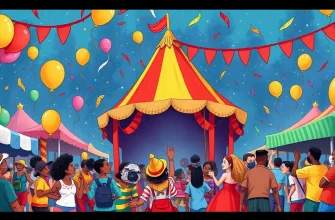Embark on a cinematic journey through the annals of human civilization with these 10 documentaries that celebrate the diverse and vibrant tapestry of cultural heritage. From ancient traditions to modern-day preservation efforts, these films offer a window into the soul of humanity, showcasing the beauty, complexity, and resilience of cultural practices around the world. Whether you're a history buff, an art enthusiast, or simply curious about the world's cultural mosaic, this collection promises to enlighten, inspire, and entertain.
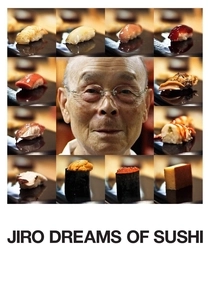
Jiro Dreams of Sushi (2011)
Description: This film explores the life of Jiro Ono, an 85-year-old sushi master, and his relentless pursuit of perfection in sushi-making, highlighting the cultural significance of sushi in Japan.
Fact: Jiro Ono was awarded three Michelin stars for his restaurant Sukiyabashi Jiro, making it one of the most prestigious sushi restaurants in the world.
 Watch Now
Watch Now 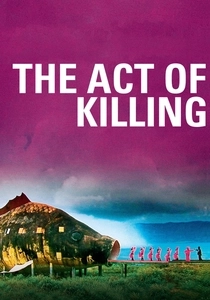
The Act of Killing (2012)
Description: This documentary delves into the cultural memory of Indonesia, where former death squad leaders reenact their mass killings of alleged communists, exploring the impact on society's cultural heritage.
Fact: The film won the European Film Award for Best Documentary and was nominated for an Academy Award.
 Watch Now
Watch Now 
Finding Vivian Maier (2013)
Description: Uncovering the life of Vivian Maier, a nanny whose hidden talent for street photography was discovered posthumously, this film explores the cultural heritage through her lens.
Fact: Vivian Maier's work was largely unknown until after her death, making her one of the most intriguing figures in photography.
 Watch Now
Watch Now 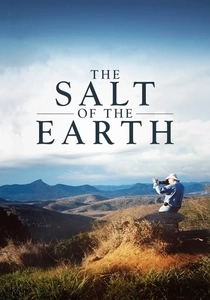
The Salt of the Earth (2014)
Description: A journey through the lens of Brazilian photographer Sebastião Salgado, capturing the beauty and tragedy of humanity, showcasing the cultural heritage through his poignant images.
Fact: The film was nominated for an Academy Award for Best Documentary Feature.
 Watch Now
Watch Now 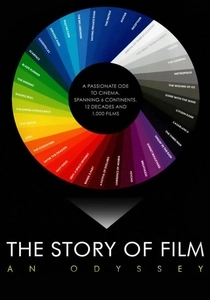
The Story of Film: An Odyssey (2011)
Description: Mark Cousins' epic series traces the history of cinema, exploring how cultural heritage influences film-making across different countries and eras.
Fact: This 15-hour documentary was originally broadcast as a 15-part series on television.
 Watch Now
Watch Now 
The Emperor's Naked Army Marches On (1987)
Description: This film follows Kenzo Okuzaki, a former Japanese soldier, as he confronts war veterans and officials about the atrocities committed during WWII, reflecting on Japan's cultural heritage and war memory.
Fact: The film was highly controversial in Japan for its portrayal of the war and its aftermath.
 30 Days Free
30 Days Free 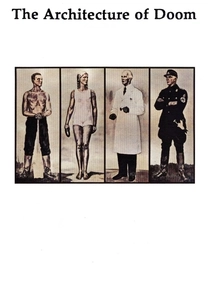
The Architecture of Doom (1989)
Description: An exploration of how the cultural heritage of Germany was manipulated and distorted by the Nazi regime to serve its ideological purposes, focusing on art, architecture, and propaganda.
Fact: The film uses archival footage and interviews to provide a chilling insight into the cultural manipulation during the Third Reich.
 30 Days Free
30 Days Free 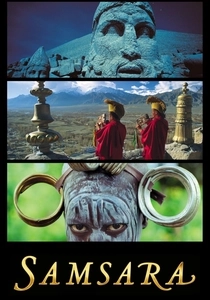
Samsara (2011)
Description: A non-narrative documentary that visually explores the world's diverse cultures, religions, and landscapes, reflecting on the cycle of birth, life, death, and rebirth.
Fact: The film was shot over nearly five years in 25 countries, using 70mm film for its stunning visuals.
 30 Days Free
30 Days Free 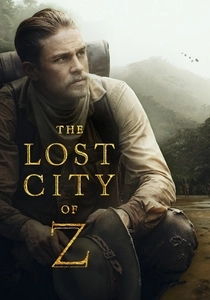
The Lost City of Z (2016)
Description: While not strictly a documentary, this film is based on the true story of British explorer Percy Fawcett, who ventured into the Amazon in search of an ancient lost city, reflecting the quest for cultural heritage.
Fact: The film was shot in the actual locations where Fawcett's expeditions took place, providing an authentic backdrop.
 30 Days Free
30 Days Free 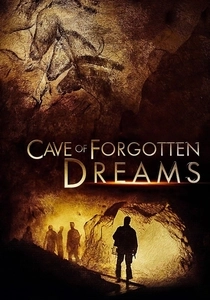
The Cave of Forgotten Dreams (2010)
Description: Werner Herzog takes us into the depths of the Chauvet Cave in France, where some of the oldest known human paintings are found, offering a glimpse into the prehistoric human mind and its artistic expressions.
Fact: This was the first documentary to be filmed in 3D inside the Chauvet Cave, which had been sealed off from the public for preservation.
 30 Days Free
30 Days Free 



